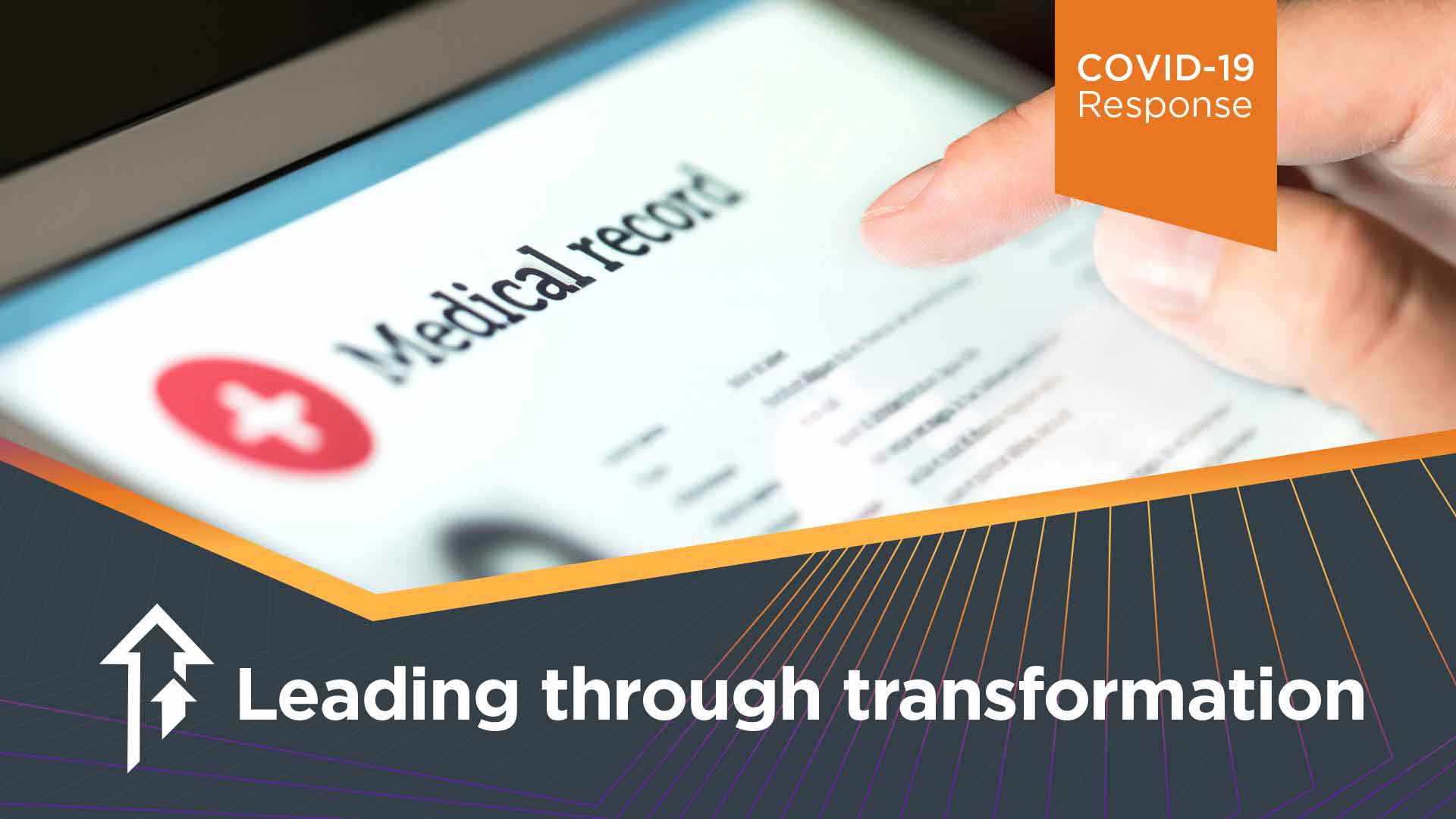This article, featuring Oklahoma State University Center for Health Systems Innovation’s health data science program manager, Dr. Zhuqi Miao and CHSI executive director Dr. William D. Paiva, was originally published September 2 by Oklahoma State University’s newsroom. Cerner is proud to support Oklahoma State University Center for Health Systems Innovation in delivering quality care.
An analysis of digital health records from thousands of COVID-19 patients admitted to hospitals around the country has led to the development of technology to predict the risk of death for those with COVID. Researchers at the Oklahoma State University Center for Health Systems Innovation (CHSI) in Tulsa and Stillwater are using digital health data to build predictive models of disease risk that could improve treatment and outcomes.
“There is an urgent need to determine which COVID patients are at highest risk for bad clinical outcomes as early as possible so that plans and actions can be made to save more lives,” said Dr. Zhuqi Miao, the health data science program manager with CHSI. “With the rise in reported COVID cases in the U.S., there is no time better than right now to have a tool to predict which patients are most at risk as soon as possible.”
Miao and Meghan Sealey, an OSU statistics doctoral student, analyzed anonymous data of 18,742 hospitalized COVID-19 patients from the Cerner COVID-19 data cohort, a collection of de-identified, HIPAA-compliant hospital and clinic records donated to CHSI.
CHSI researchers created two models of potential mortality risk, one based on patient data at the time of admission using demographic and historical medical conditions, and the second at the end of the first day of hospitalization using demographics, procedures, medications and known conditions.
“The models identified a similar set of medical conditions suggested by the Centers for Disease Control and Prevention as the essential risk factors for death, such as a history of diabetes, respiratory disorders and hypertension, and the onset of respiratory or kidney failures, but we also found some unique ones,” Miao said.
Miao said the first CHSI model can accurately predict mortality for nearly 70% of patients, while the second was accurate for nearly 75%. The tool is valuable because it shows the potential of using predictive data analytic technology, like risk models, to identify patients who are at the highest risk of death if not treated appropriately and promptly. This supports health care organizations in focusing their resources on those patients who need it most.
“These kinds of analytic tools are the wave of the future to diagnose, stage and monitor disease progression and save lives,” said Dr. William D. Paiva, CHSI executive director. “It can also help alleviate the financial burdens for both patients and health care systems alike. CHSI is one of the nation’s leading organizations leading the charge in this brand-new industry, and you can expect to see more and more of these exciting technologies coming out of our center.”




